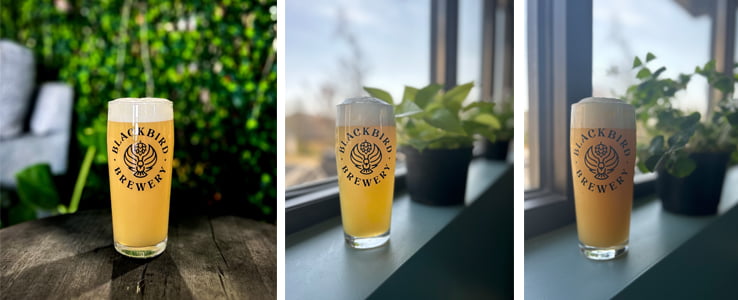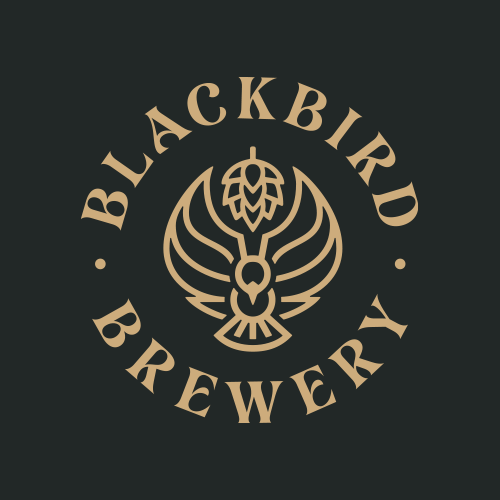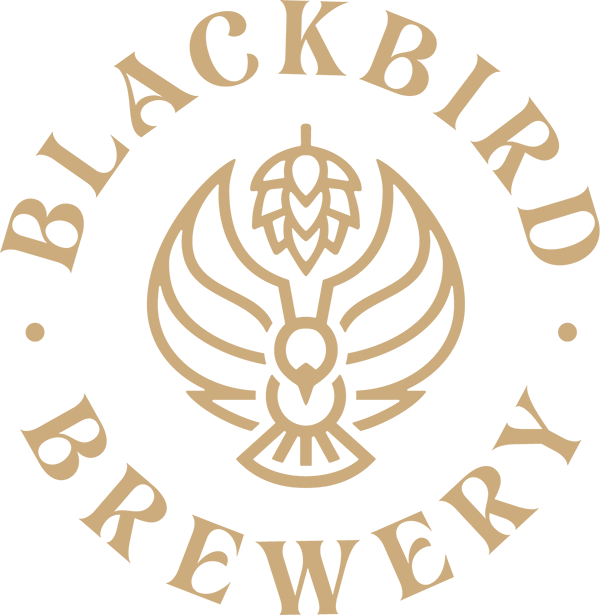In celebration of our release of not one, not two, but three hazy IPAs in the last couple of weeks (Riwa-a-a-ka, Jelly Boi, and Yellow Submarine), we thought it would only be fitting if we asked Blackbird Brewery’s head brewer, Ian VanGundy, to explain what makes a hazy IPA hazy. Buckle up. Per the usual, Ian gets a bit technical in his answer, but we promise an interesting read that even non-beer aficionados can get into. Keep reading to learn how hazy IPAs gradually emerged over the last four decades.

Most commonly beer haze is either yeast, protein from the malt/grains, or polyphenols (tannins) from hops. Since dry hopped beers became popular in the 80’s but clarity was still a measurement of quality, brewers struggled with something called chill haze. A clarified and even filtered IPA can be clear at normal temps (40F+) and mildly hazy when it’s served colder which used to turn off beer drinkers. One year in particular everyone had to use an enzyme in their fermentation to prevent it, which was due to high protein levels in North American malt because of heavy rain during harvest. Tractors couldn’t drive in the fields so harvest was delayed. It mainly affected dry hopped beers because at cold temperatures protein from malt will bind with polyphenols from hops and create a larger visible compound but it falls apart with just a few degrees rise in temperature. Some of the largest IPA brewers were publishing apologies to their customers for the chill haze from the bad barley crop. Click here to read an apologetic, yet informative blog post from Stone Brewing in 2011.
Then came 2015, the most pivotal year in the craft brewing industry I’ve experienced in the 15 years I’ve been part of it. Suddenly brewers in the Northeast and (while getting lesser credit) the Northwest were releasing intentionally hazy IPAs, like REALLY hazy. All of us who had been using an expensive enzyme and imported malt to keep our IPAs clear were pretty upset about it. How dare they? Don’t they know about the customer complaints? What about when the haze drops out in the can in 3 or 6 months and looks like egg drop soup?
Well after about a year of bitching and whining because either brewers won’t condone something they can’t fully scientifically explain or because of the natural human response that change is scary and bad, most of us warmed up to the idea. Oregon State University helped ease the nerves of the technical brewers by doing research on a hot new word called biotransformation, the discovery that certain yeast strains contain a gene that can convert floral hop oils into citrusy ones if you dry hop while the yeast is still active in the fermentation, which was also a pretty new technique. Brewers used to wait until fermentation was complete to add more hops. A side effect of this, especially when using these particular yeast strains, is a dense polyphenol haze that is hard to remove.
Combine this discovery with changing tastes and a diversion from bitter and dry IPAs to sweeter full bodied and softer ones, brewers started adding a lot of oats. Oats were already common in stouts and wheat beers for their creamy texture but they can also add a lot of haze. Now that haze is acceptable we can use them in IPA. The combination of the right yeast strain, a big dose of oats and mid fermentation dry hopping leads to a very hazy, creamy and citrusy beer.
Remove any one of those features and you will get less haze, or less stability of the haze as the beer ages. And to finish on that note and follow up on the egg drop soup comment above, these beers shouldn’t age much more than a month. With a landscape of 8,000+ craft breweries in the US, everyone lives near a brewery. Drink hazy IPAs fresh from the nearest source to you.
Let’s all celebrate science this week by enjoying a pint (or two or three) of hazy IPA, made by people who know how to make the magic happen!
Events You Won’t Want to Miss In the Taproom This Week
- Blood Drive/AFE Awareness Day – Monday, March 27th 3:00 – 8:00 PM
- Music Bingo – Tuesday, March 28th 7:00 – 9:00 PM
- Casks on Fools Glass Cask Festival at Crank Arm Brewery – Friday, April 1st 12:00 – 10:00 PM


